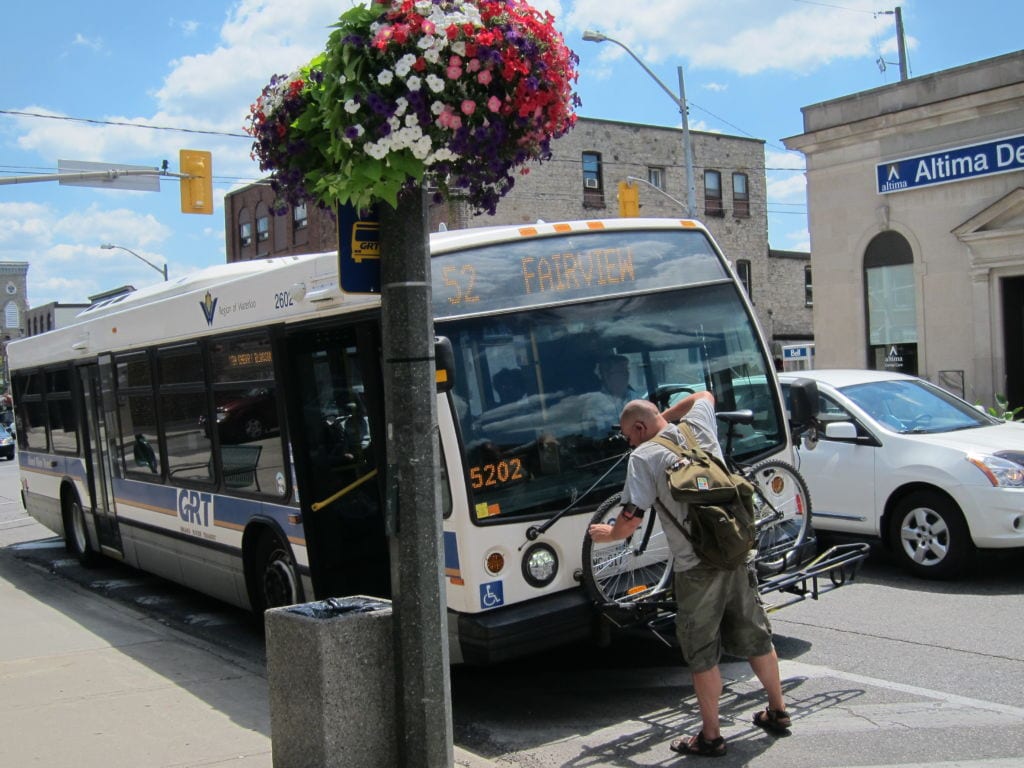Achieving transit mix is no simple task

With us or against us. Black or white. Subways or LRT. Such is the sad state of our transit discussion in Toronto these days. But transit planning, as with most issues, is anything but black and white and, having recently attended a major transit planning conference in Seattle, and from seeing how other cities like us are tackling transit, we are doing our city and citizens a disservice by talking in such simple terms.
Let’s take stock of what we know.
Great transit cities do not rely on one mode of transit alone. The best cities employ a mix of transit types that respond to the different demands of the city. San Francisco’s municipal system is a great example of how this works. Their LRTs run as subways underground through the downtown, and sometimes in a dedicated lane along major streets, or off-street along trails where opportunities exist. And their BART system, a bit of a cross between GO and subway, does the heavy transit lifting between major centres. In this way the system responds to the city, not the other way around. Imagine that.
Subways are great…but they are really expensive. Explaining to a colleague from Washington that some in the GTA had taken a subway or nothing approach, there was a moment of silence followed by ….”Well that’s an expensive way to go, who’s paying?” Anne Golden and Paul Bedford’s discussion paper on transit truths highlighted that not only do subways cost on average 300 million per kilometre (up to 10 times the cost of LRT) but over their lifetime their financing, operating and maintenance costs are also 3 times more expensive. I don’t know many people who wouldn’t love to drive a Mercedes Benz, but if you can only drive it for a few miles at a time, don’t bankrupt yourself. Buy a Volkswagen.
LRT’s are not a second class mode of transit. LRTs come in many forms. The St Clair and Spadina lines are more akin to a rapid streetcar line. The LRTs planned for Mississauga and York have a stop spacing which is much like what you find on a subway (between 500 and 800m) and can have average speeds of between 27 and 35km/hr, similar to average subway speeds (32km/hr) in Toronto. Great cities around the world are turning to LRT technology in a bid to provide comparable levels of service to subways at less cost, for those lower density areas of their cities where subway investments can’t be justified. The last I checked, Los Angeles is building the Gold Line, Paris the T3, Minneapolis its Green Line, Manchester spreading out its Metrolink and London extending its DLR. These are not second rate cities. Closer to home, Vancouver, Calgary and Edmonton are setting the standard for fast, efficient and attractive LRT service. Each of these cities is adding LRT as a legacy investment in their transit network, not some subway stop-gap.
Subways and LRTs themselves are not the only types of transit we need. At the inter-regional scale the GO system is still a barely developed resource. The Greater Golden Horseshoe’s GO Train network that can, with investment in dedicated rail and electrification, transform the way people move throughout the city and region. Metrolinx is already making significant investments to provide better all day access between the cities within the region. As London UK has demonstrated with its new Overground system, exploring opportunities for fare integration and greater connectivity with TTC services could help to create an additional layer of rapid transit service that both delivers access to often under-served areas of the city-region, like places such as Galloway in the east or Weston in the west with the reliable rapid transit they so desperately need and becomes a critical main-line connector of the important places in the region.
And don’t forget the bus. For all the talk of subways and LRT’s, over half the transit trips in Toronto each day are by bus. Perhaps immune to the political and media bling that higher profile rapid transit projects seem to attract, many places are beginning to see the value that investing in their bus networks can bring. Strategies such as pre-boarding ticketing and smart cards in London UK are rapidly decreasing wait times at stops. Closer to home, places such as Brampton or the Region of York are finding that higher quality bus service with larger buses, signal priority to speed travel and passenger amenities such as real-time arrival signage are significantly enhancing the user experience and increasing ridership.
We have got to elevate our current level of discourse about transit above the dogmatic subway versus LRT debates. And we can learn a lot, as I did in October, by calmly observing what other big cities are doing. While there is no doubt that the region needs reliable rapid transit to alleviate transit congestion, building a great transit city is about so much more than our politicians would have us believe. So please let’s stop drawing foolish transit lines in the sand.
Craig Lametti, Senior Associate
